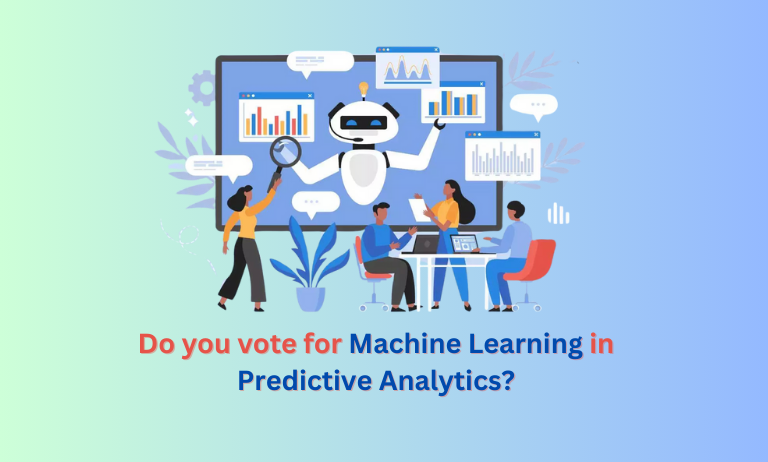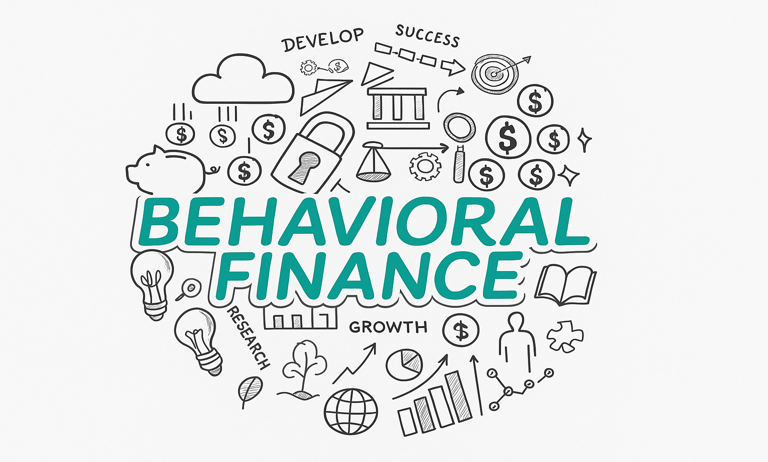What
is Machine Learning?
Machine Learning is a kind
of study in artificial intelligence that enables computers to perform certain
tasks autonomously. It includes development and study of statistical algorithms
that learn from a large data set and make predictions or decisions. Machine
learning is currently being used in various fields such as image and speech
recognition, natural language processing, fraud detection, financial management,
and automating many day-to-day tasks. We can see the impact of Machine learning
around us in the form of autonomous vehicles, drones, and robots, enhancing
their adaptability in dynamic environments.
What
is Predictive Analysis?
Predictive analytics is
the practice of using statistical algorithms to analyze historical data,
identify patterns, and predict future outcomes. This powerful tool is enabling
organizations to predict trends, reduce risks, and make informed decisions.
How
is machine learning used in Predictive analysis?
Machine learning is used
in predictive analysis to identify patterns and trends in historical data to
forecast future outcomes. It involves manipulations on data from existing and
large data sets with the goal of identifying some new trends and patterns.
These trends and patterns are then used to predict future outcomes and trends.
While Machine learning is
so useful in Predictive Analysis, let’s be wary of some of the hidden risks
involved:
Synthetic
Learning
- Evolving Stage: AI is
still at evolving stage, that can make the process challenging. For example, to
understand and analyse the financial system as much as a human brain does.
- Human Intervention: Alongside
improving operational efficiency, AI increase operational costs and dependence
on third parties due to specially trained interface that can be run by
specialized resources or personnel. In rapidly changing environments, AI models
may not adapt quickly enough, necessitating human intervention to maintain data
accuracy and relevance.
Decision
Intensity
- Quality Detriment: AI
systems can struggle with the nuanced and context-specific nature of data
quality issues, which humans often interpret more accurately. Despite enhancing
data processing and generation, AI may face significant data quality issues.
- Robustness of Predictions:
AI models are adaptable, flexible, and scalable, but they are also prone to
bias, and increased complexity, making them less robust. This can lead to error
rates unacceptable for critical data quality tasks, eroding trust in fully
automated solutions.
Data
Quality
- Data Quality: Machine
learning relies on quality data. Inaccurate, incomplete, or biased data can
result in poor predictions. Data preparation—cleaning, transforming, and
preparing data for machine learning are usually time consuming, complex and may
come at a cost.
- Continuous Learning:
Models need regular updates with new data to maintain accuracy and enhance
decision-making effectively.
Regulatory
And Ethical Frameworks
- Scalability & Security:
Scalability issues arise as data grows, making managing, processing, and
interpreting it increasingly challenging. Protecting the sensitive data that is
used in machine learning is crucial because data breach can have significant
consequences.
- Regulatory Compliance:
Adhering to data privacy regulations while using machine learning can be
complex.
Resources
Complexity
- Talent Shortage: At
present, there's a shortage of skilled professionals who can implement and
manage machine learning models. Integrating these models into existing systems
and workflows can be technically challenging.
- Bias: Machine learning
models can unintentionally repeat or escalate existing biases in data, leading
to unfair outcomes.
UPSHOT
AI and Human intervention should go hand-in hand.
While machines can be very helpful in reducing repetitive load, the challenges
mentioned above need to be monitored regularly at the time of programming. Using
machine learning in finance domain or general environment requires a balanced
approach that focuses on innovation, fairness, and long-term impact in this
AI-driven world.
Krati Gaur
Project Lead








